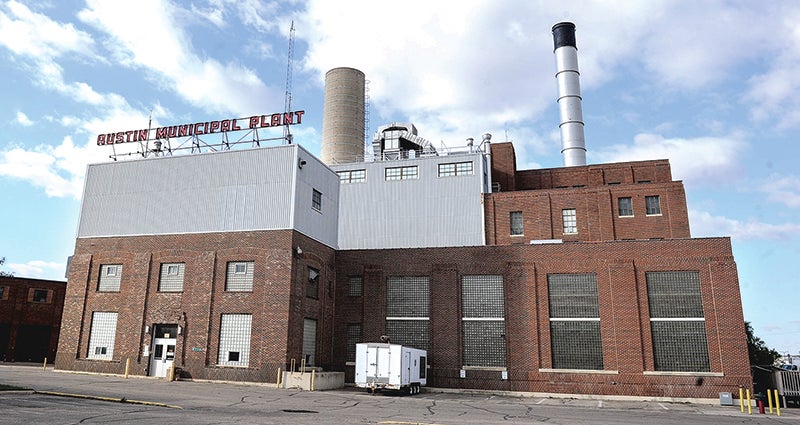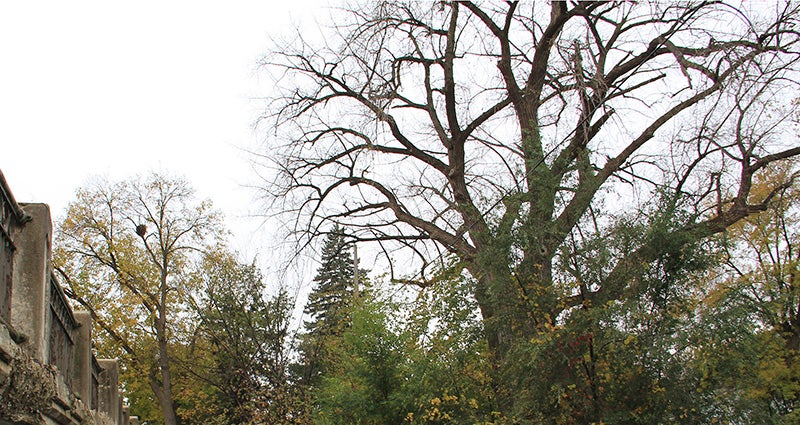City to take more time on flood project
Published 10:19 am Tuesday, July 19, 2016
As city leaders continue mulling whether to protect or acquire properties in the Lions Park area, it’s taking more time to consider another opportunity: redevelopment.
During a Monday work session, the Austin City Council decided to take more time to discuss and study if it should acquire 17 structures within the floodplain area adjacent to Second Avenue Northeast for an estimated $1.2 million, construct a flood wall or levee along Second Avenue for $3.5 million, or seek a third option: to redevelop the land to address Austin’s shortage of affordable workforce housing.
City Administrator Craig Clark brought up the possibility of developing the area for housing as a city housing committee continues meeting to address shortages of workforce housing. Committee members have discussed millennials’ desire for urban living close to Austin’s downtown and its water resources.
“Our urban core is important as well,” he said.
Clark mentioned housing is a critical concern for the community, and he said this area would have a unique opportunity as it’s near places like Austin Public Library, the city’s two arenas, the Historic Paramount Theatre, the proposed Austin Community Recreation Center and the trails around Mill Pond.
Communities often leverage properties near water resources, and Clark said this area would be near the Cedar River, which is a state designated water trail.
Clark said this could be a rare opportunity to promote that area.
“We want to really try to look at our other public resources that we have the ability to leverage for a redevelopment opportunity,” Clark said.
However, Public Works Director Steven Lang recommended the council seek to voluntarily acquire and protect the properties, which would end with the area being turned into a green space.
“It comes down to a philosophy of how you want to manage the floodplain,” Lang said. “My opinion, building in the flood plain, it isn’t what we’ve done in the past. We’ve acquired properties and we’ve stayed away from construction in the flood plain.”
While the city completed the North Main Street area flood wall a few years to protect commercial businesses, the area near Second Avenue Northeast is most residential, so Lang favors acquisition in that area.
“I think that based on the cost of the project, it would be my recommendation to move forward with acquisitions of the homes — a voluntary acquisition process,” Lang said.
But Clark said development could have long-term benefits, and this could be a unique opportunity for redevelopment in the core of Austin.
“I think it’s important to also look at this distinct opportunity for what the end product would be, rather than what you see there today in economic calculations,” he said.
But money is a question. The acquisition and flood wall/berm protection projects would be eligible for 50 percent Minnesota Department of Natural Resources funding — though no funds are yet secured — and the rest would come from the city’s local option sales tax (LOST).
However, the city cannot acquire the property with DNR of LOST funds for redevelopment. To complete such work, the city would either need to seek a berm or option for protection, or Clark said another option would be to build up any development a few feet higher to raise the elevation out of the flood plain.
But another complication is flooding. Based on agreements with the Cedar River Watershed District, the city would need to replace reclaimed retention areas for flood waters somewhere up stream to avoid affecting flooding downstream.
Council member Michael Jordal supported acquisition to turn the area into a natural space, as he said planning new construction in the floodplain area doesn’t make sense.
Council member David Hagen said he could see acquiring the land or redeveloping it. Council member Jeff Austin said acquisition made the most economic sense, but he saw Clark’s point of considering it for development.
Council member Judy Enright also referenced successful redevelopments near Roosevelt Bridge, which were completed by a private developer.
Lang reached out to the property owners earlier this year. Of the 17 properties in the area, seven preferred protection, nine preferred acquisition and two did not reply, so Lang found no definite preference toward one option.
The city has a long track record of acquiring flood properties through its flood mitigation efforts, as the city has acquired 163 buildings, according to Lang. He reported the Federal Emergency Management Agency performed a loss avoidance study that found the city spent $14 million on acquisitions and avoided $38 million in losses from subsequent floods.
The acquisition and flood wall projects would be eligible for 50 percent Minnesota Department of Natural Resources funding with the rest coming from the city’s local option sales tax.
The city’s last major floods were on Sept. 24, 2010, and Sept. 16, 2004, which was a record-breaking event.




